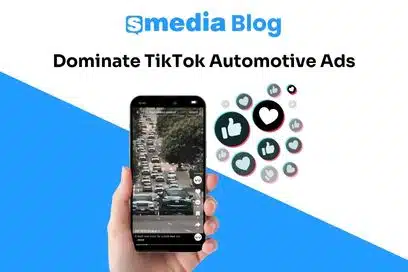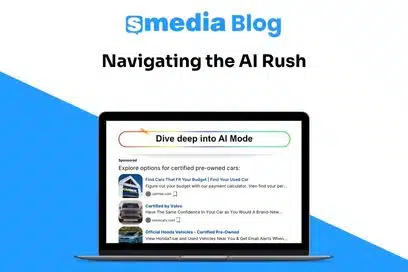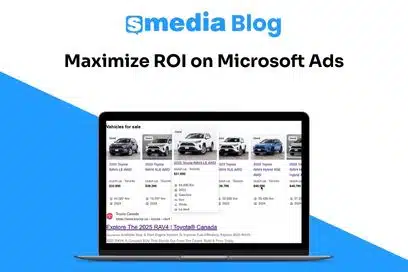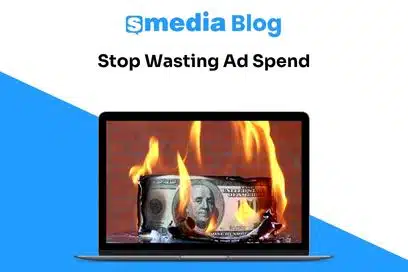Here in the Okanagan, one of the surest signs that summer is just around the corner is the return of roadside fruit stands. Right now, you’ll see more folding tables popping up, shaded by pop-up tents and handmade signs advertising cherries, strawberries, or peaches.
A few years ago, one of these stands decided to do some capital-M Marketing and added a favorite tactic of the car industry: a large wacky inflatable waving tube man.
And it was, in a way, effective. As I drove by on my Monday commute, I noticed it, smiled, and said to myself, “Ah, good for you.”. And I saw it again on Tuesday, and smiled.
And by Friday, it didn’t even register. It had blended in with all of the other signs in the background.
That’s the tricky thing about attention. In some ways, there are very surefire, straightforward ways to grab it from people. The gigantic, brightly colored, waving inflatable tube man that wasn’t there yesterday is likely to cause a driver to notice. An airhorn at a crowded cocktail party is going to cause heads to turn involuntarily. A bouncing chat widget is going to give you a small window to get your message across as the user searches for the X that will make it disappear.
Social platforms can also fall into this category. Think about the auto ad you didn’t ask for that interrupts a YouTube video or pops up mid-scroll on Instagram. You may notice it for a second, but unless it’s deeply relevant, you’re probably swiping past it without a second thought.
This specific type of involuntary attention doesn’t last. It’s there, and then it’s gone. Repeatedly hammering on the airhorn isn’t going to get people to come and listen to you; it’ll likely get you thrown out of the party. A chat widget that keeps appearing as you navigate through the site? The user is going to get annoyed and not come back. A poorly targeted video ad on social? Skipped in under 2 seconds.
The problem that we see time and time again in automotive is that “grabbing attention” is the one button that people know how to press. The promotional banner on the website…. “MAKE IT BRIGHTER. MORE COLORS. ADD MORE WORDS.” The last-minute demand for a display campaign…“I want this aged F150 on every phone and tablet within a 200 km radius!”
This tool can absolutely be useful when used correctly, but if it’s the only tool you rely on, the public will become apathetic, annoyed, or actively hostile. The good news is that there are other ways to earn that attention we all seek.
Other Types of Attention
Voluntary Attention
Let’s go back to our fruit stand example. Instead of setting up at the side of the highway, hoping to flag someone down, what if we went somewhere we knew people were looking for fresh fruits and vegetables? Like a farmers market?
All of a sudden, we have an audience of people who are interested in what we have to sell. Sure, it costs us more money to set up here than on the highway, but now buyers are coming to us. We don’t have to yell and get people to notice us, hoping they’re in the market, as we have dedicated fruit-seeking customers coming right to us. That same principle applies to social media when it’s used well.
Platforms like TikTok and YouTube are now full-fledged search engines for younger buyers. Someone searching “Best used SUV under $30K” or “2024 Ford Maverick review” isn’t just killing time; they are actively researching. This is voluntary attention. They’re choosing to watch, engage, and learn more. The content you place here (especially if it’s helpful or educational) is far more likely to be remembered, trusted, and acted on. This type of voluntary attention is far more valuable because the customer wants to give it to you.
That’s also why Google Search and Google Vehicle Ads consistently outperform many traditional ad channels. They meet people at the exact moment they’re looking to buy. Whether it’s through search, marketplaces, or even social platforms with high-intent content, the principle is the same: Be where the customer is when they’re ready to listen.
As you plan your next campaign, ask yourself: what are we doing to earn the attention that we want?
Social Attention
There’s one more type of attention – social attention. It is the type of attention that we as humans are most responsive to. We can tune out most of the other conversations in a loud cocktail party to focus on talking to our friend, but if someone calls out our name from 20 feet away, we will immediately turn. Being the object of someone’s attention is a foundational need as human beings, and we crave it!
This is why the best performing sales people with clients going back 20, 30, 40 years will call them just to chat and send a card on their birthday. People want to buy from people. And those people have to be ones they like, know, and trust.
Here’s where an opportunity is opening up for dealers. As businesses in all areas rush towards using AI and automated sales funnels, there’s mounting evidence that consumers are tapping out. As we’ll discuss in Do I Still Have Your Attention?, there’s a growing market inefficiency in employing a human-centric sales process, and it’s an opportunity ripe for the picking.
Want More Insights Like This?
Get our monthly newsletter packed with proven strategies, fresh trends (just the good stuff) to drive traffic, leads, and revenue right to your inbox.
👉 Sign Up Now





